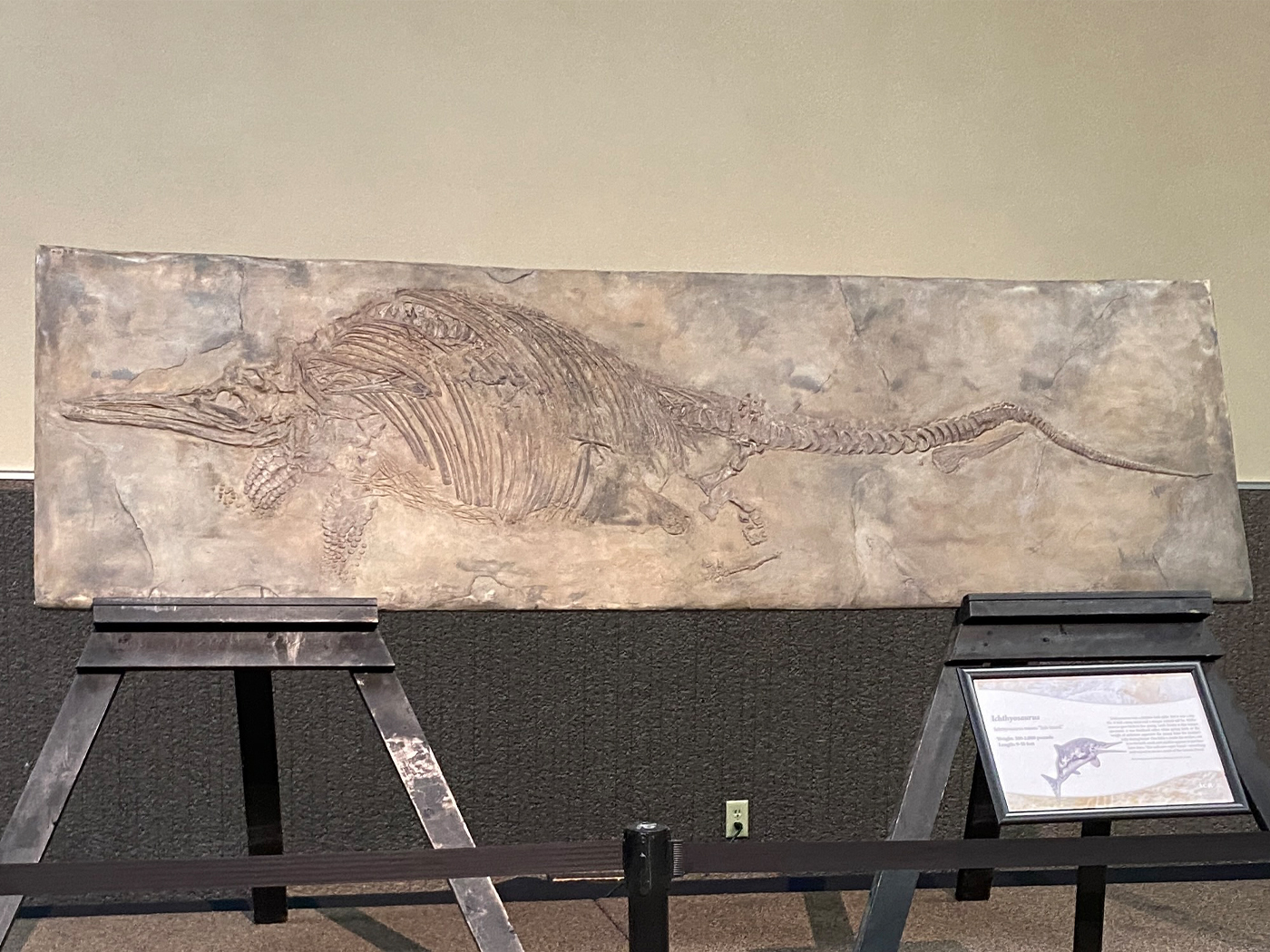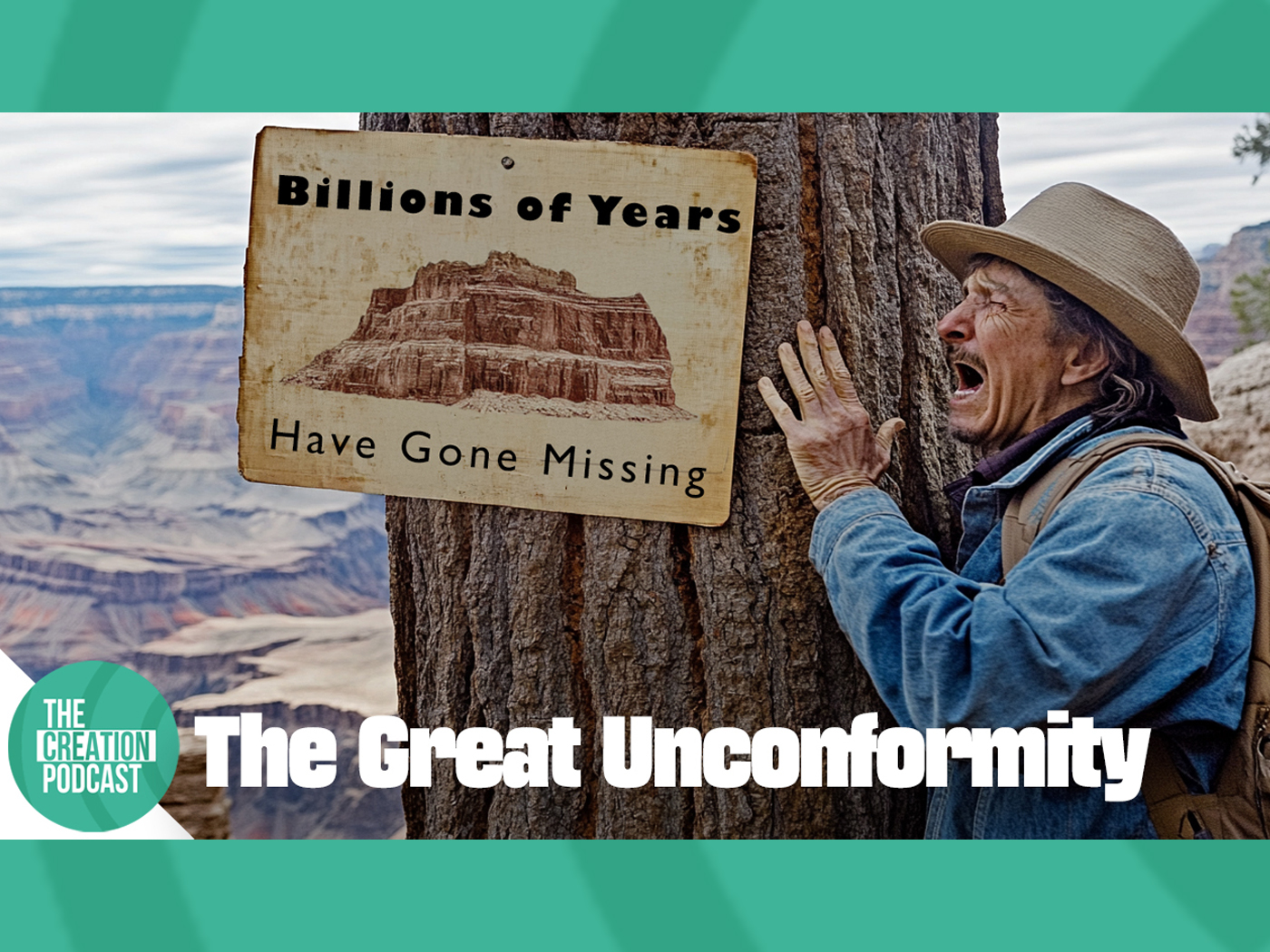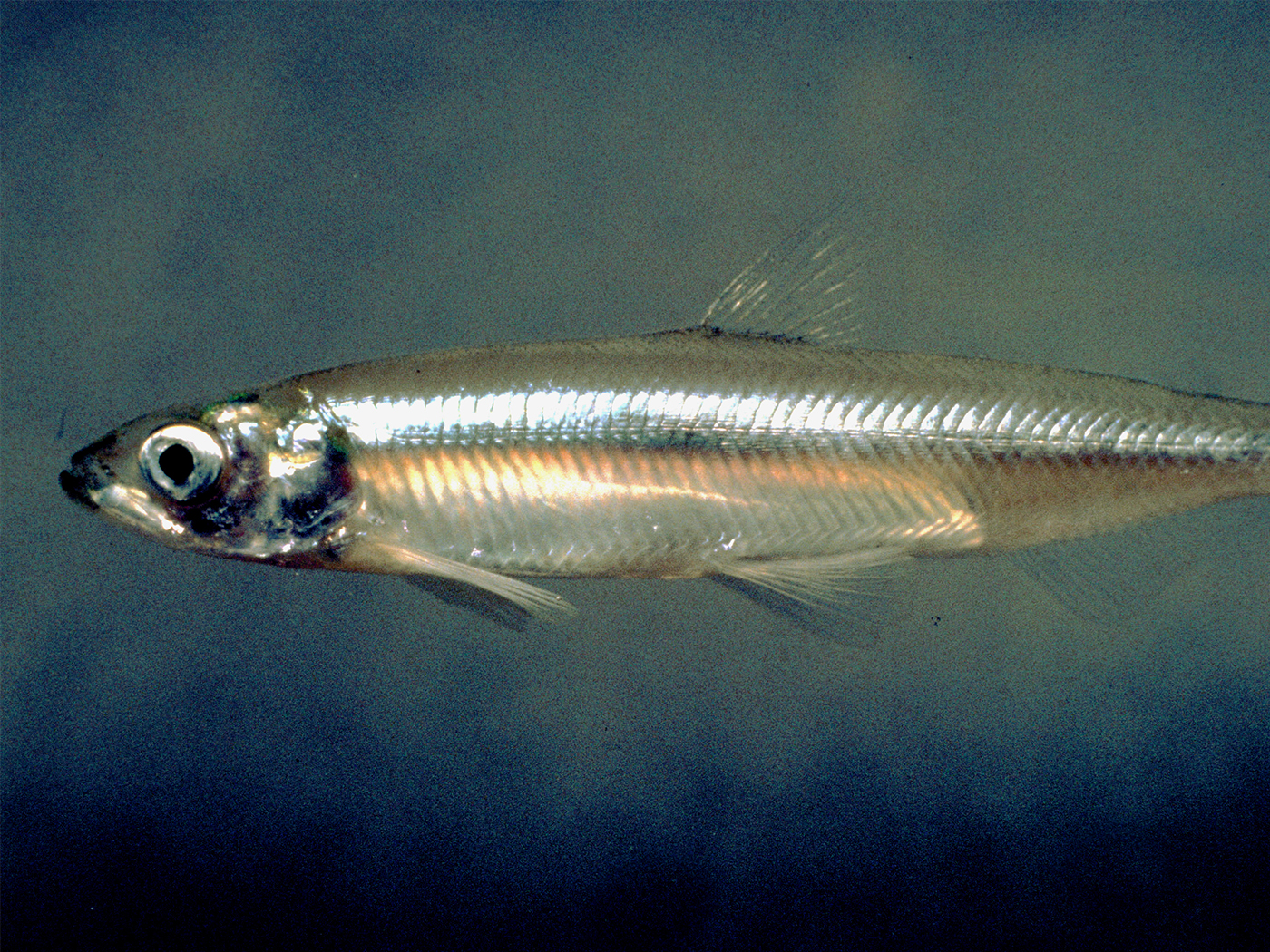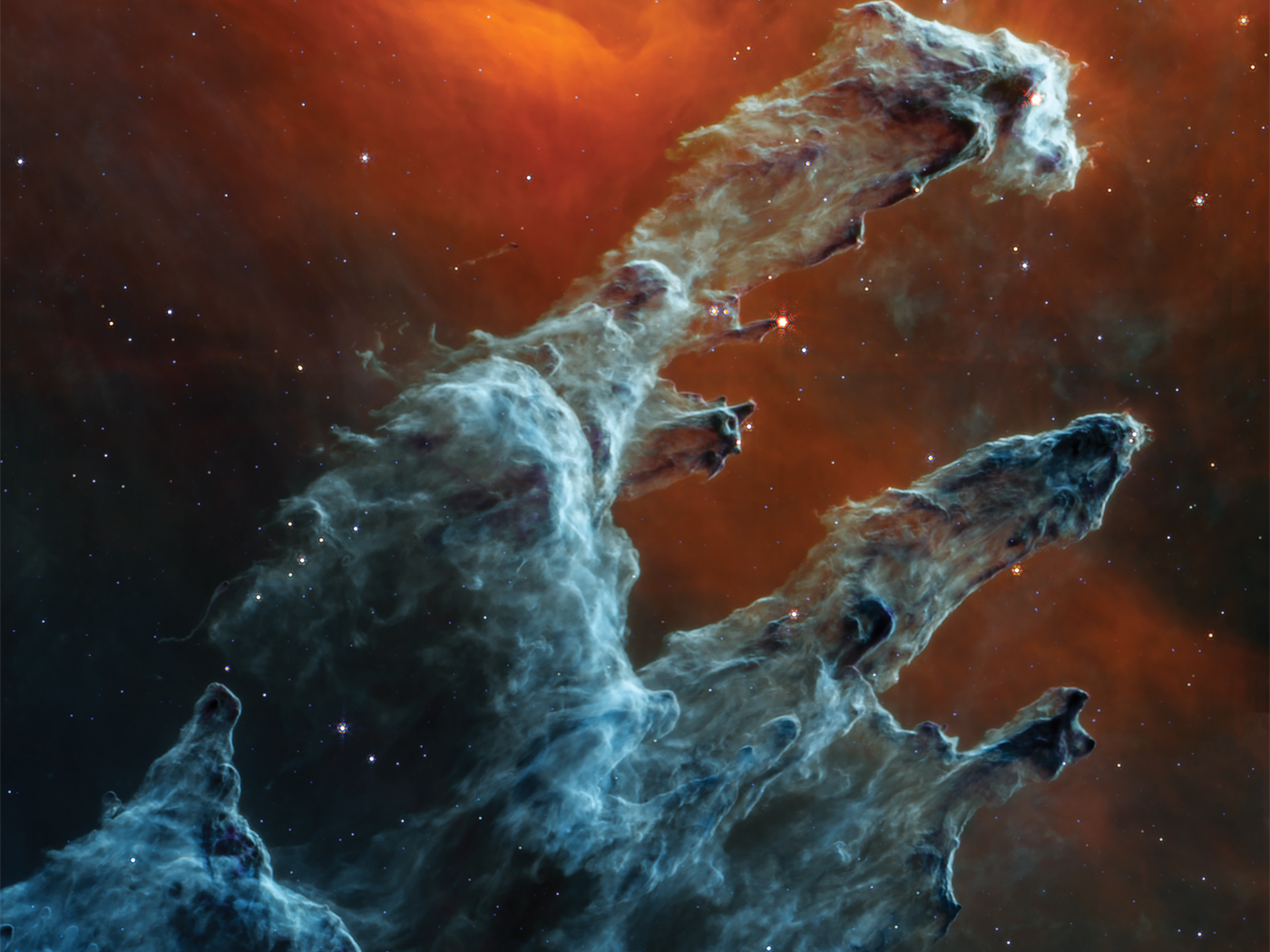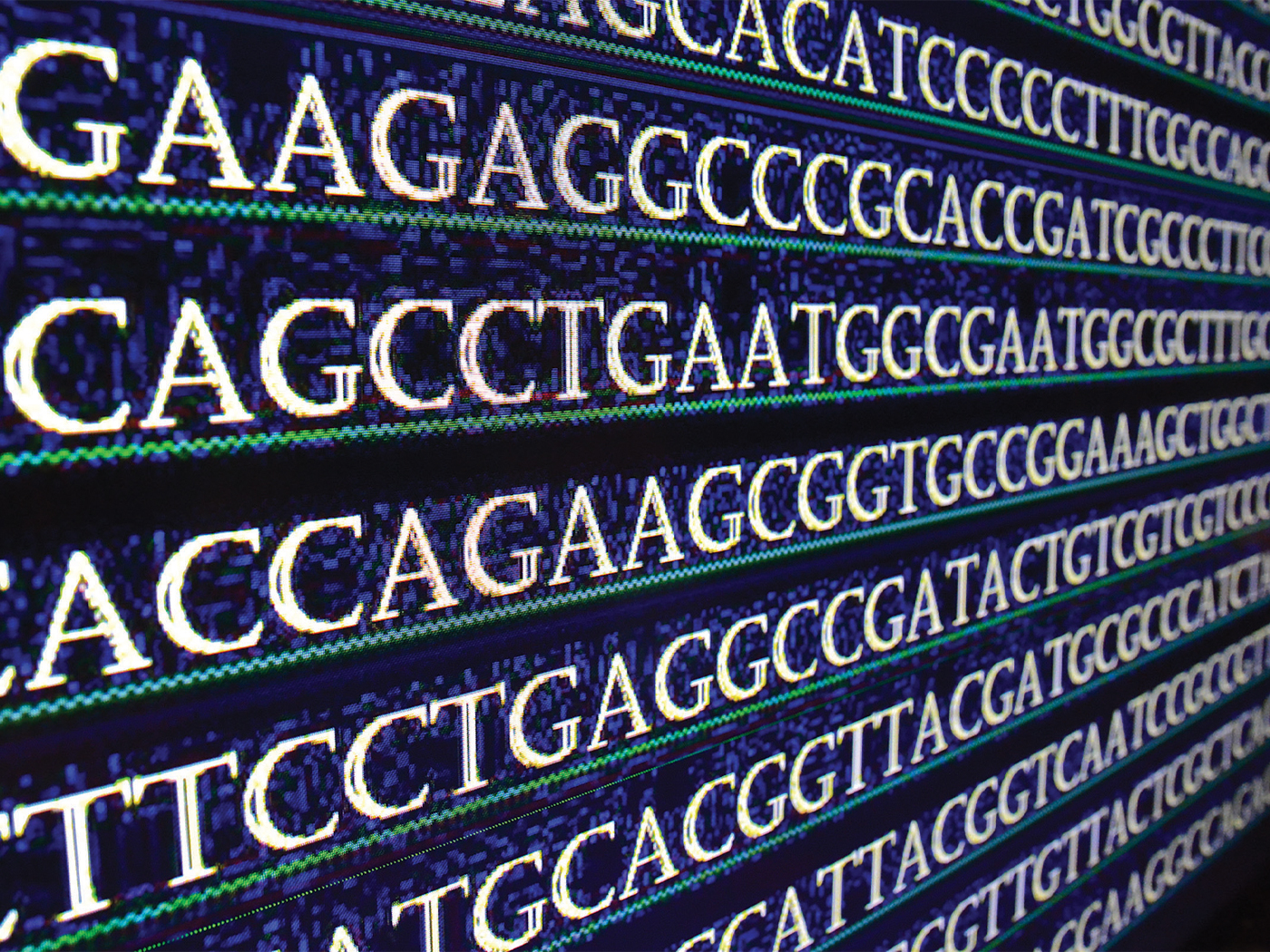"Look! It's moving. It's alive...it's alive, it's alive, IT'S ALIVE!"
— Dr. Henry Frankenstein1
Those highly charged words from the classic 1931 horror film Frankenstein reflect a basic awareness about living things—they move! Obviously, that single quality is not sufficient to define life, but it does identify a major component and, at the same time, exclude many other “things” in our universe from the category of living creatures.
Just what does the Bible have to say about life? Or, perhaps more to the point, what makes something “alive”? The more we dig into the mechanics of molecular biology, the more our awe increases at the amazingly complex processes on which life is based.
Poor old Dr. Frankenstein stitched together bits and pieces of various “fresh” human parts in hope that he could energize them with the terrible force bound up in lightning flashes during a thunderstorm. We know now that such an effort is silly, but less than a hundred years ago those concepts were the staple of theories that attempted to find a natural explanation for how life got started.
The Bible simply states that the One who is Life created life.
But how can we recognize life? What is the difference between botany and zoology? What makes the cell in a petunia different from the cell in a platypus?
Life is unique.
“And God created…every living creature that moveth” (Genesis 1:21).
Obviously, animal and human life are different from plant life. In fact, the Bible uses the Hebrew word chay (life) and its derivatives 763 times in the Old Testament, never applying that term to plants or vegetation. No place in Scripture attributes chay to plants; only living creatures possess life.
Plants are indeed marvelous, beautiful, complex, and able to reproduce “after their kind,” but they are designed by the Creator to be a source of energy to maintain life. Plants are food—they are not alive.
Life has independent movement.
This may seem like either an obvious point or an irrelevant one. However, one of the descriptive terms that the Creator applied to living creatures was “movement.” The Hebrew word is ramas, used 17 times in the Old Testament—never about plants or vegetation of any kind. Living things move.
And living things eat plants! Plants do not travel from one location to another, except on the backs of animals, blown on the wind, or transported by men. They are “rooted.” They do not have the power of ramas. Living things have the ability to move independently, but plants do not.
Life has blood.
“For the life of the flesh is in the blood,” God announces in Leviticus 17:11. The Mosaic law was centered on blood sacrifice, requiring the “shedding of blood” by killing (executing) an innocent animal for a temporary substitutionary atonement (covering) of the sins committed. Blood is the life source of all living things.
God rejected Cain’s offering because plants were not living creatures that could function as temporary sacrifices—the covering for sins (Genesis 4:3-5). The pattern and teaching were clear from the very beginning. God made a covering from the skins of animals for Adam and Eve (Genesis 3:21). An innocent living creature (recognized as living because its blood could be shed) was the only God-ordained substitute for the sin condition of humanity.
The whole Christian gospel is founded on the necessity of the shedding of the Messiah’s blood during the crucifixion as evidence that His life was given on behalf of the “sins of the whole world” (1 John 2:2). The death of Jesus Christ was made necessary because “it is not possible that the blood of bulls and of goats should take away sins” (Hebrews 10:4). The concept is simple. If a moving creature has blood, then it is alive.
Life has soul and spirit.
There are two other properties identified in the Bible that living things do not share with plant material. The Hebrew word nephesh is used 753 times in the Old Testament and is most often translated as the English word “soul.” There is no doubt that the term speaks of a noncorporeal part of life—perhaps best equated with the self-conscious awareness that “I” exist. We may talk to the spinach in our salad or the tree that we climb or the flowers in our garden, but they do not hear us.
The other noncorporeal Hebrew term is ruwach. Of the 389 times the word or its derivatives appear in the text of the Old Testament, it is most often translated “spirit.” These two terms seem to differentiate between an emotional part of life and an intellectual part, and neither of these terms is ever connected in the biblical text with plants or vegetation in any way.
Why the distinction?
Evolutionary dogma insists that everything that exists is connected to the basic elements of the universe. Evolutionists claim that life is connected through a “common ancestor” in the distant eons—through the first cell that became enabled to reproduce itself by the random interplay of atoms. According to that definition, “life” is anything that can reproduce. Thus, everything that grows on our planet is our brother, and humanity is nothing more than a highly evolved arrangement of organic chemicals.
If that were the only battle to fight, the scientific accuracy of the creationist model would be rather easy to demonstrate. In spite of the generations-long effort of the academic world to foist evolutionary naturalism on the world, 46 percent of the U.S. population still believes that “God created human beings in their present form at one time within the last 10,000 years” (Gallup poll released June 1, 2012).2 Intuitively and observationally, people “know” that plants and animals are not the same and that human beings are vastly different from everything else on the planet.
The challenge comes within Christian scholarship. Groups such as BioLogos and a growing list of Christian schools and universities have bought into the terrible lie that plants are just as much alive as humanity—that we “kill” plants before we eat them. While that idea may seem innocuous (after all, we do kill animals before we eat them), the implications and applications are enormous!
If we do indeed “kill” (take the life of) plants as we consume them, then God Himself authorized that killing. He specifically designed plants as food (Genesis 1:29) and drew a strong distinction between food and the “life” of everything else (Genesis 1:30). If God authorized the “killing” of plants, then God designed death into the very essence of the creation—and pronounced it all “very good” (Genesis 1:31).
Here’s the heresy: If God designed death into creation, then death is as “good” as all other factors—and the atheistic evolutionary doctrine is right. Death is the “good” force that brings about the ultimate “fittest” in our universe. Death, therefore, is not “the wages of sin,” and our Lord Jesus’ death was not necessary for salvation—it was just the wasted effort of a deluded martyr.
These teachings cannot be harmonized. Either the Bible is Truth (capitalization intended) or it is Error. The choice is clear. The message is clear. The effect is eternal!
References
- Frankenstein. 1931. Directed by James Whale. Universal Studios.
- Newport, F. In U.S. 46% Hold Creationist View of Human Origins. Gallup Politics. Posted on gallup.com June 1, 2012, accessed on June 14, 2012.
* Dr. Morris is Chief Executive Officer of the Institute for Creation Research.
Cite this article: Morris III, H. 2012. It’s Alive! Acts & Facts. 41 (8): 4-5.





